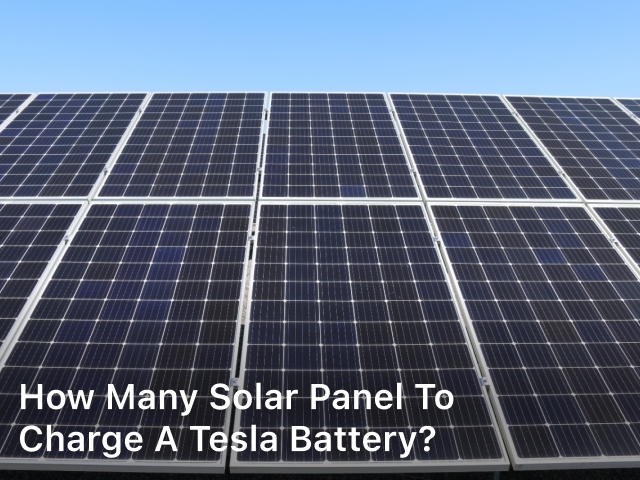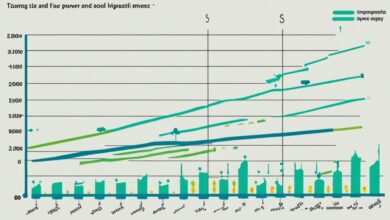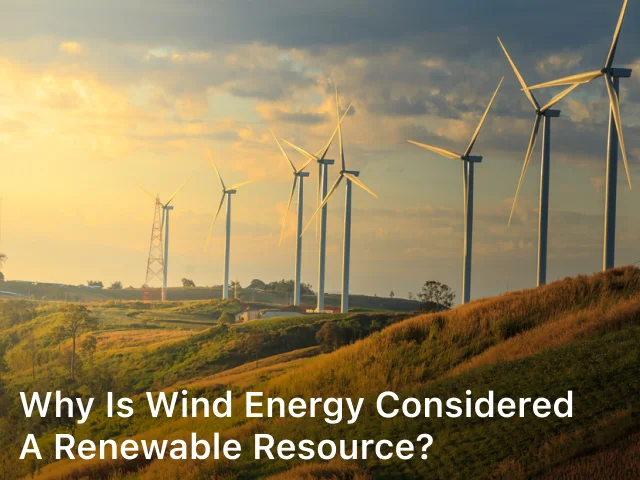
greentechinnovate.com How Many Solar Panel to Charge a Tesla Battery? – Discover the optimal number of solar panels required to charge your Tesla battery efficiently. Harness the power of the sun and drive with clean energy!
Solar panels have become an increasingly popular choice for environmentally conscious individuals looking to power their electric vehicles like Tesla with renewable energy. By utilizing the sun’s energy, you can reduce your carbon footprint and save on energy costs.
But a common question arises: how many solar panels do you need to effectively charge a Tesla battery? In this guide, we’ll delve into this question, providing you with expert insights and practical advice to make the transition to solar energy seamless and efficient.
Solar Energy for your Tesla
The integration of solar energy into the automotive sector has revolutionized the way we power our vehicles. Tesla, a leader in electric cars, offers an opportunity for car owners to charge their vehicles using solar panels.
This not only reduces reliance on traditional electricity sources but also contributes to a greener environment. So, how can you determine the ideal number of solar panels needed to charge your Tesla battery optimally? Let’s dive in.

Tesla Battery Sizes
Tesla Model S
- Long Range: The Model S Long Range typically comes with a battery capacity of around 100 kWh, providing an impressive range on a single charge.
- Plaid: The Model S Plaid features a high-performance setup and a battery capacity similar to the Long Range variant.
Tesla Model 3
- Standard Range Plus: The Model 3 Standard Range Plus is equipped with a battery pack of around 54 kWh, offering a practical range for daily commutes.
- Long Range: The Model 3 Long Range variant usually features a battery capacity of about 82 kWh, providing an extended range for longer trips.
- Performance: The Model 3 Performance variant shares a battery capacity similar to the Long Range model while focusing on high-performance capabilities.
Tesla Model X
- Long Range: The Model X Long Range is typically outfitted with a battery capacity similar to the Model S Long Range, offering both space and range.
- Plaid: Similar to the Model S Plaid, the Model X Plaid variant emphasizes high-performance capabilities and shares a battery capacity with its counterparts.
Tesla Model Y
- Long Range: The Model Y Long Range version usually features a battery capacity similar to the Model 3 Long Range, providing a practical balance between space and range.
- Performance: The Model Y Performance variant shares its battery capacity with the Long Range version while offering sportier performance characteristics.
How Many Solar Panel to Charge a Tesla Battery?
To accurately determine the number of solar panels required to charge your Tesla battery, several factors come into play:
Your Tesla Model and Battery Capacity
Different Tesla models come with varying battery capacities. The larger the battery capacity, the more energy it requires for a full charge. Therefore, the first step is to identify your Tesla model and its battery capacity. This information is crucial in calculating the energy demand.
Daily Driving Habits
Your daily driving habits play a significant role in estimating the amount of energy your Tesla requires. If you have a long daily commute or frequently embark on road trips, you’ll need more solar panels to cater to your vehicle’s energy needs.
Sunlight Availability and Location
The amount of sunlight your location receives directly impacts the efficiency of your solar panels. Areas with abundant sunlight, such as sunny states, are more conducive to solar energy generation. Conversely, regions with less sunlight might require additional panels to compensate for lower energy production.
Panel Efficiency and Wattage
Solar panel efficiency and wattage determine how much energy each panel can generate. High-efficiency panels with greater wattage can produce more energy per panel. This means you might need fewer panels to achieve the desired energy output.
Household Energy Consumption
In addition to charging your Tesla, consider your household’s overall energy consumption. If you intend to power other appliances and devices using solar energy, you’ll need to account for this energy demand when calculating the number of solar panels required.
Calculating the Number of Solar Panels
To calculate the number of solar panels needed, follow these steps:
- Determine your Tesla’s daily energy consumption (kWh) based on your driving habits and battery capacity.
- Calculate your location’s average daily sunlight hours.
- Divide your Tesla’s daily energy consumption by the daily sunlight hours to obtain the energy generation required per hour.
- Divide the energy generation per hour by the wattage of a single solar panel to determine the number of panels needed.
How do you charge a Tesla with solar?
Charging a Tesla with solar energy is a brilliant way to harness renewable power and reduce your reliance on traditional electricity sources.
By following these steps, you can effectively charge your Tesla using solar panels:
- Install Solar Panels: Begin by installing solar panels on your property, preferably in an area that receives ample sunlight. The number of panels you need will depend on factors like your Tesla model, driving habits, and location’s solar exposure.
- Connect to an Inverter: Solar panels generate direct current (DC) electricity, while your Tesla’s battery and home appliances use alternating current (AC). An inverter is needed to convert the DC electricity from the panels into AC electricity compatible with your Tesla.
- Utilize a Home Energy Storage System: While not mandatory, a home energy storage system, such as the Tesla Powerwall, can store excess solar energy. This stored energy can be used to charge your Tesla during cloudy days or at night when the panels aren’t generating power.
- Install a Charging Station: To maximize efficiency, install a Tesla Wall Connector or other compatible EV charging station at your home. This station can charge your Tesla at a faster rate compared to a standard electrical outlet.
- Monitor and Manage Energy: Many solar panel systems come with monitoring tools that allow you to track your energy production and consumption. You can also manage your energy usage remotely using smartphone apps provided by Tesla or your solar panel provider.
- Time Charging for Optimal Sunlight: If you have the flexibility, try scheduling your Tesla’s charging during peak sunlight hours. This ensures that you’re directly using the energy generated by your solar panels.
- Leverage Off-Peak Charging: If you’re connected to the grid, some regions offer time-of-use electricity pricing. Consider charging your Tesla during off-peak hours when electricity rates are lower.
- Benefit from Net Metering: If your solar panel system produces more energy than you consume, your excess energy can be fed back into the grid. Many utility companies offer net metering, which credits you for the surplus energy.
- Stay Informed: Keep an eye on your Tesla’s battery level and charging status using the Tesla mobile app or the vehicle’s dashboard. This way, you can ensure your car is adequately charged and ready for your next adventure.
- Regular Maintenance: Maintain your solar panels by keeping them clean and free from debris. Additionally, periodically check the performance of your charging equipment to ensure everything is functioning optimally.
Charging your Tesla with solar energy not only reduces your carbon footprint but also provides long-term financial benefits by decreasing your reliance on grid electricity.
With advancements in solar technology and growing accessibility, powering your Tesla with the sun is a sustainable and forward-thinking choice.
FAQs
Can I charge my Tesla solely with solar panels?
Yes, you can! However, it’s essential to have enough solar panels to meet both your Tesla’s charging needs and household energy consumption.
What if I live in an area with limited sunlight?
Living in an area with limited sunlight doesn’t mean you can’t benefit from solar energy. You may need additional panels to compensate for lower energy production.
How do I account for seasonal variations in sunlight?
Seasonal variations can affect solar energy generation. Consider an average of yearly sunlight hours for accurate panel calculations.
Are there government incentives for installing solar panels?
Yes, many governments offer incentives and rebates for installing solar panels, making it more cost-effective to transition to solar energy.
Can I store excess solar energy for later use?
Yes, you can store excess energy using home battery systems, such as the Tesla Powerwall, for use during cloudy days or at night.
How do I maintain solar panels for optimal performance?
Regular cleaning and inspections to ensure panels are free from debris or shading can help maintain optimal solar energy production.
Conclusion
Embracing solar energy to power your Tesla is a powerful step toward reducing your carbon footprint and contributing to a cleaner environment.
By carefully considering your Tesla model, driving habits, location, and solar panel efficiency, you can determine the optimal number of solar panels needed to charge your vehicle efficiently.
As technology continues to evolve and solar solutions become more accessible, the prospect of clean and sustainable energy for transportation grows brighter.




